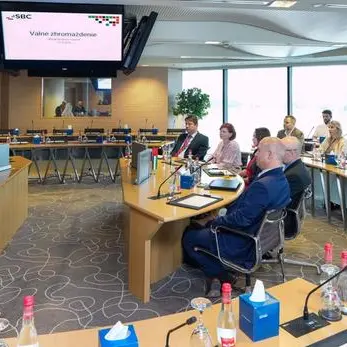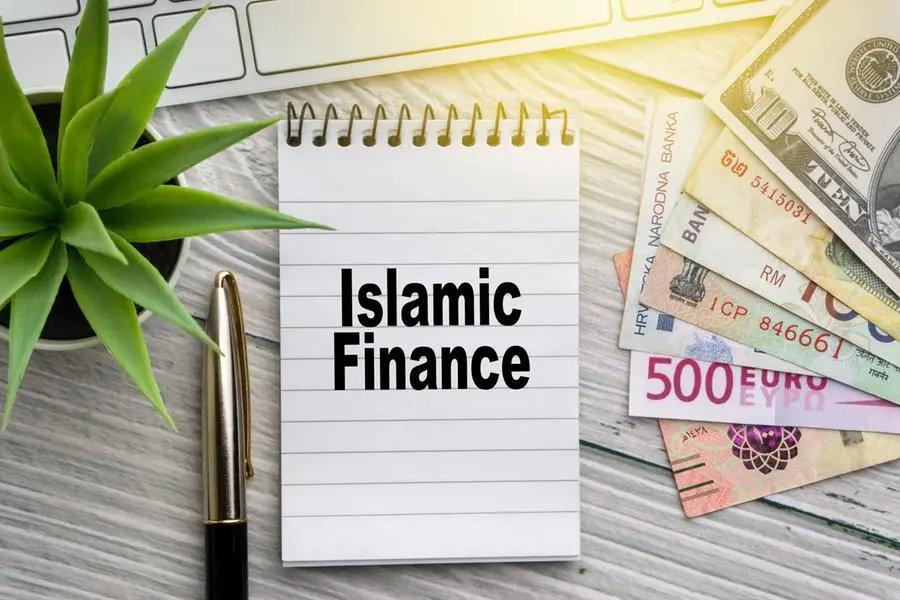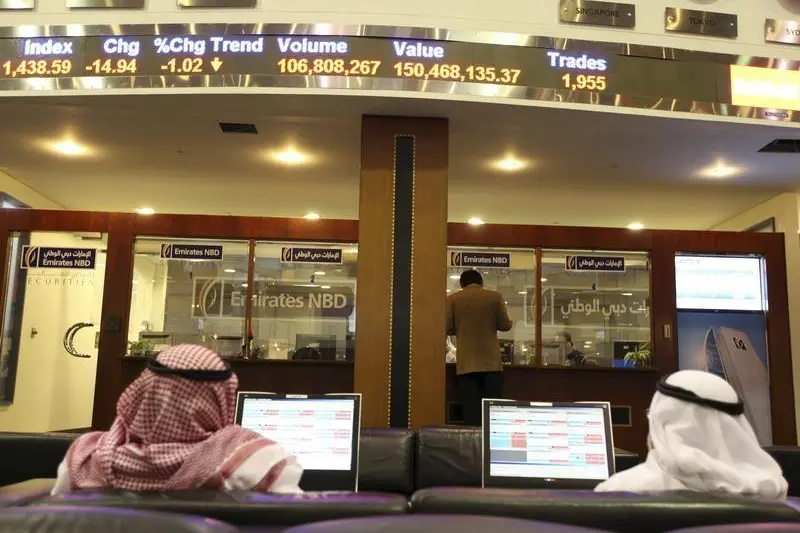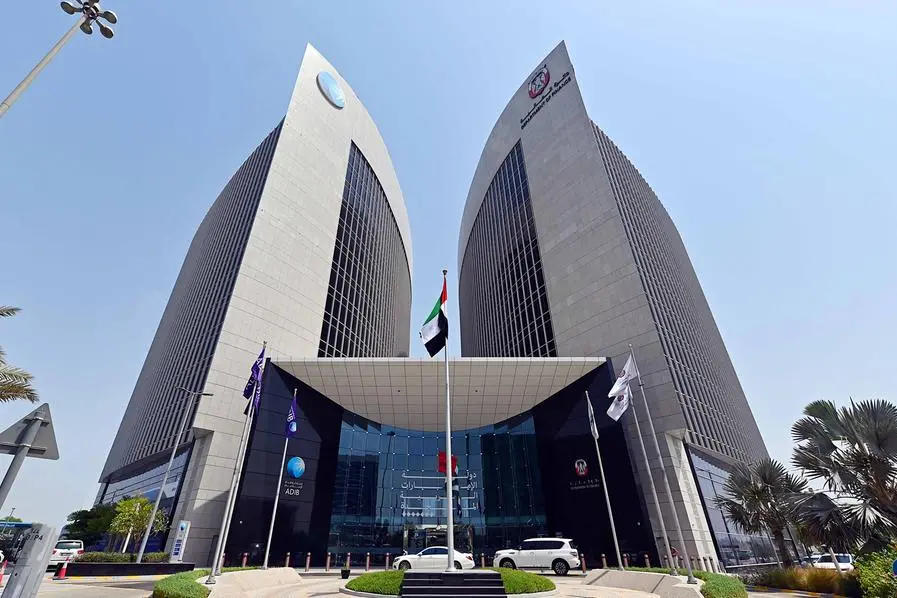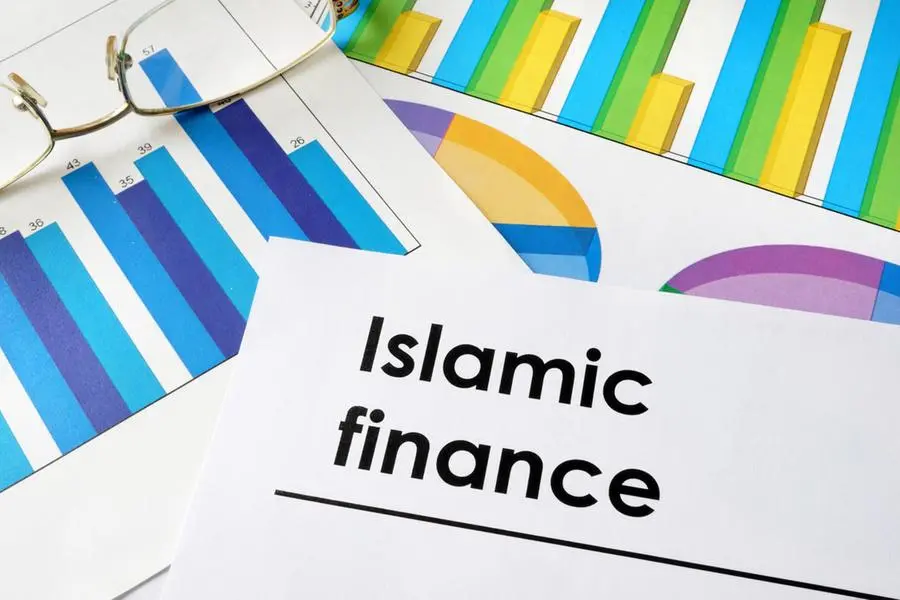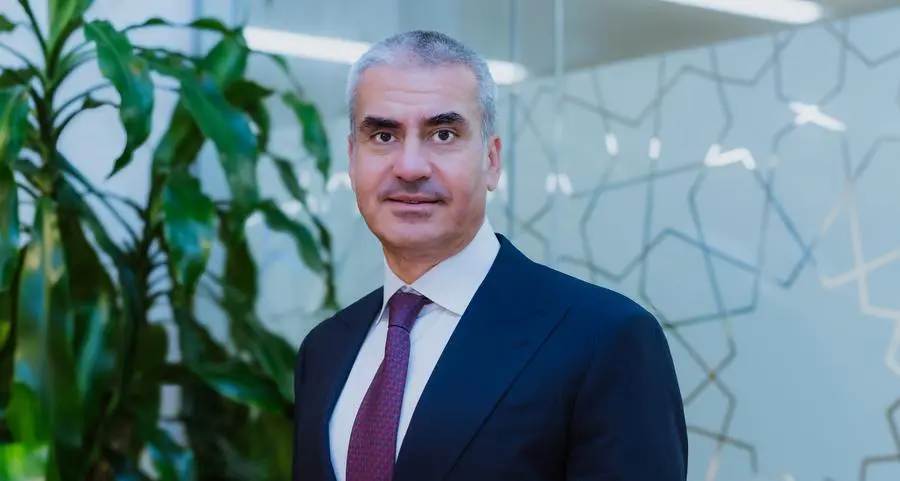PHOTO
Ancient coastal defence forts protecting Old Muscat (Mutrah) in Oman from naval invasion Al Jalali fort and Al Alam palace in Old Muscat, Oman. Image for illustrative purposes. Richard Sharrocks. Getty Images Image used for illustration
MUSCAT: Enhancing Oman’s attractiveness for foreign investments remains a key pillar of the financial sector's development initiatives, with specific targets set at 24 per cent by 2025, 27 per cent by 2030, and 35 per cent by 2040, while the rate reached 22 per cent in 2022. This was revealed by the latest report issued by the Oman Vision 2040 Implementation Follow-up Unit earlier this week.
Major progress have already been made in the path of financial sector development, including the launch of a comprehensive financial sector development plan. A memorandum of cooperation was signed with the British Embassy to explore the establishment of the Omani Growth Capital Fund, which will involve several commercial banks operating within Oman. Additionally, preparations are underway for the initial draft of the Insolvency Law, complete with executive regulations to provide a structured regulatory framework for personal insolvency cases. Central oversight is also being established for initiatives related to the sustainable green financing system.
To enhance the financial sector, efforts are being directed toward improving the efficiency of government expenditure, regulating taxes, and diversifying government financial revenues. These initiatives aim to align with economic stimulation and enhance performance, ultimately striving for stability and financial sustainability. Concurrently, the monetary policy focuses on maintaining the fixed exchange rate of the Omani Rial while ensuring adequate levels of money supply through effective management of domestic liquidity. This is supported by appropriate foreign currency reserves and the implementation of sound macroprudential policies to ensure financial stability.
The Central Bank of Oman plays a critical role in managing these policies, working in tandem with the Ministry of Finance to achieve financial stability and macroeconomic objectives. This coordinated approach is expected to have a tangible positive impact on Oman’s credit rating, stabilize prices, boost confidence in the national economy, and drive economic growth.
Among the Central Bank's most ambitious initiatives is the enhancement of monetary policy effectiveness under the fixed exchange rate system. This project aims to bolster the Central Bank’s capacity to influence local liquidity conditions through a comprehensive operational framework for active liquidity management. Further efforts include completing the institutional and legal frameworks that enable the Central Bank to function as a lender of last resort, thereby supporting financial stability.
In addition, there are ongoing enhancements to the efficiency of domestic money and foreign exchange markets to improve the transmission mechanisms of monetary policy and maintain the stability of the fixed exchange rate system. The government is also strengthening national capacities in building macroeconomic forecasting models, analyzing their outcomes, and utilizing them to inform economic decision-making.
In parallel, the labour market and employment sector in Oman is undergoing significant development to make it more appealing for national competencies, benefiting all stakeholders involved. The focus is on creating an efficient legislative framework, enhancing administrative structures, and adapting to global trends in future job markets. Additionally, there is an emphasis on developing workers' skills, boosting productivity, fostering a positive sector culture, and building an attractive employment system for Omani youth.
Efforts to implement these labour market goals are expected to improve overall market efficiency, increase the share of Omani workers in total jobs created in the private sector, enhance productivity levels, and raise the proportion of skilled labour in the workforce.
As part of the national employment policy project, a labor market needs survey was initiated in 2023 within private sector establishments. This survey aims to assess and identify the market's job and skill requirements while anticipating future needs. Further initiatives have been launched to enhance labour care services and expand linked training programmes. In 2023, training was provided for 9,300 young Omani individuals through various programmes, including on-the-job training, employment-linked training, freelance job training, and entrepreneurship training. Numerous programs have also been established to develop personal and professional skills and build capacities in the workforce.
2022 © All right reserved for Oman Establishment for Press, Publication and Advertising (OEPPA) Provided by SyndiGate Media Inc. (Syndigate.info).
Nasrulah Al Ajmi


